Search by map
 検索中
検索中
25 pages found.
ORISHO HIRAI
Atelier visit
Show details
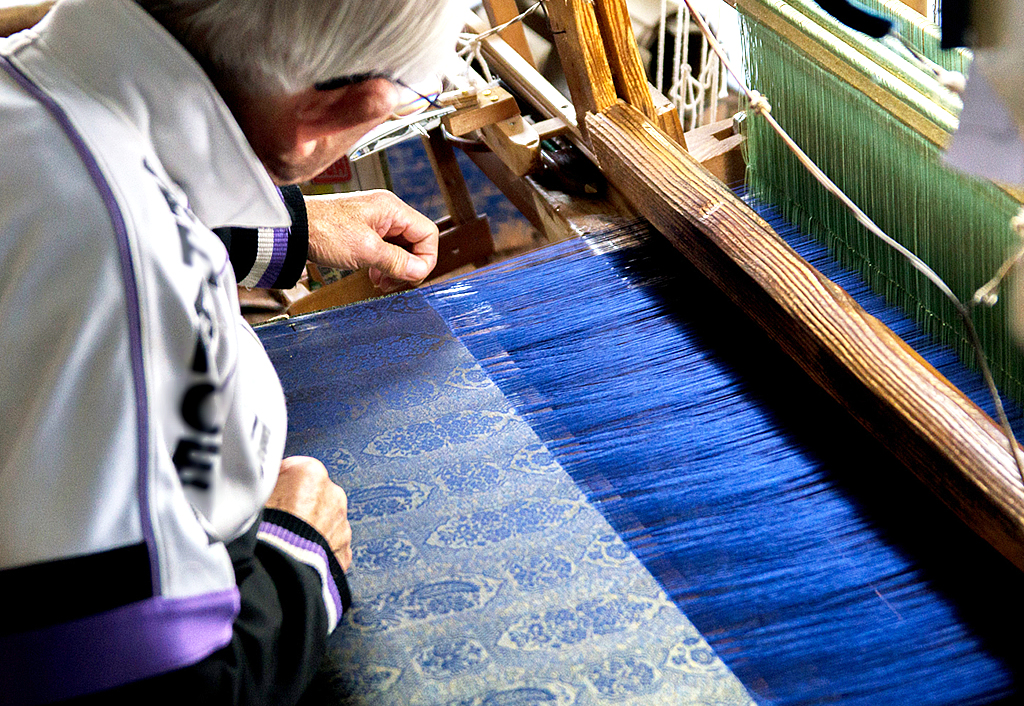
| Holiday | Every 2nd Saturday, Sundays & public holidays |
|---|---|
| Business hours | 9:00~18:00 |
| Workshop info | Rich glow of gold brocade |
Kawai Studio
Atelier visitWorkshopShopping
Show details
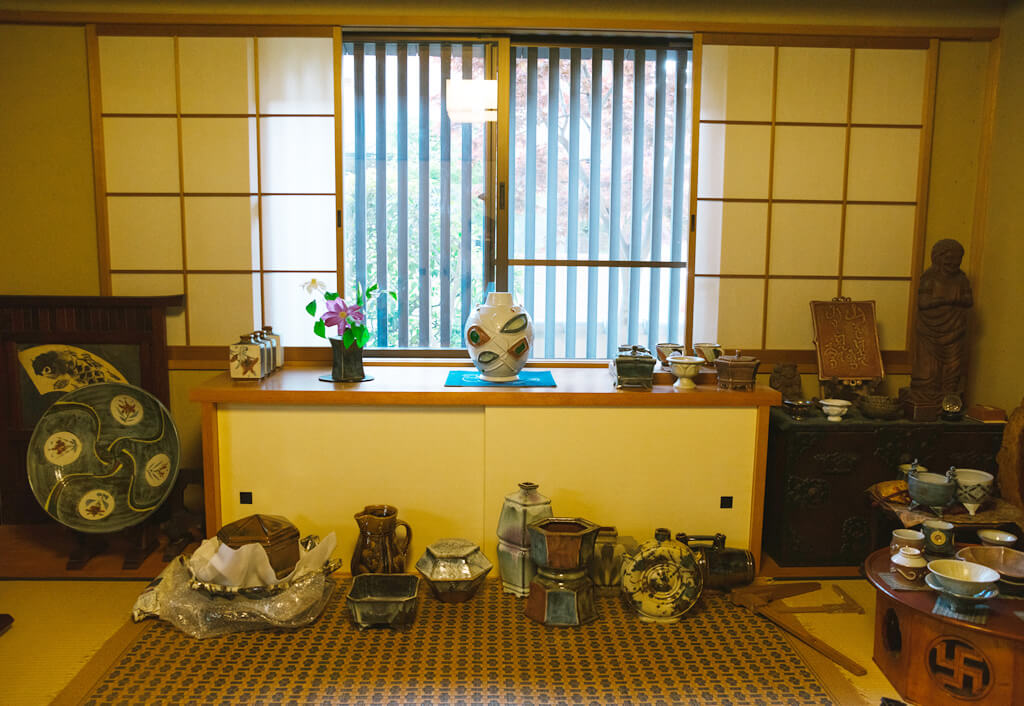
| Holiday | Sundays & public holidays |
|---|---|
| Business hours | 10:00~17:00 |
| Workshop info | Modern Folk Craft ceramics |
Sairin (Tomihiro Senko)
Atelier visitWorkshopShopping
Show details
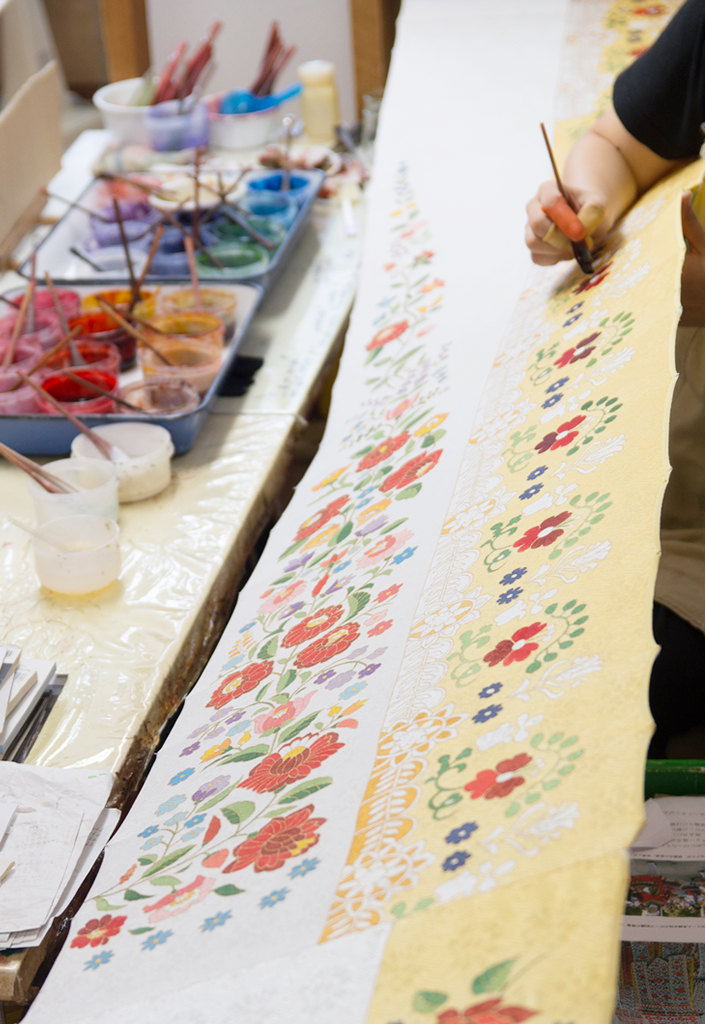
| Holiday | Sundays & public holidays |
|---|---|
| Business hours | 10:00~17:00 |
| Workshop info | The supervisor of fine yuzen kimono making Kyo-tegaki-yuzen dyeing is produced by thoroughly fragmented division of labour and involves up to 15 various processes. Sairin(Tomihiro Senko) is mastering all these sophisticated processes to create high-quality order-made products. The atelier is excelling in a special technique which consists of using a paintbrush instead of a writing brush for the deepest penetration of dyes into the fabric. Sairin(Tomihiro Senko) is an experienced supervisor of all the kimono-making processes and provides fine goods for the Imperial household. Familiar with the traditional patterns and designs, the atelier is also known for the production of elegant miscellaneous Japanese-style textile goods. |
Tie-dyeing Atelier MORIMOTO
Atelier visitWorkshop
Show details
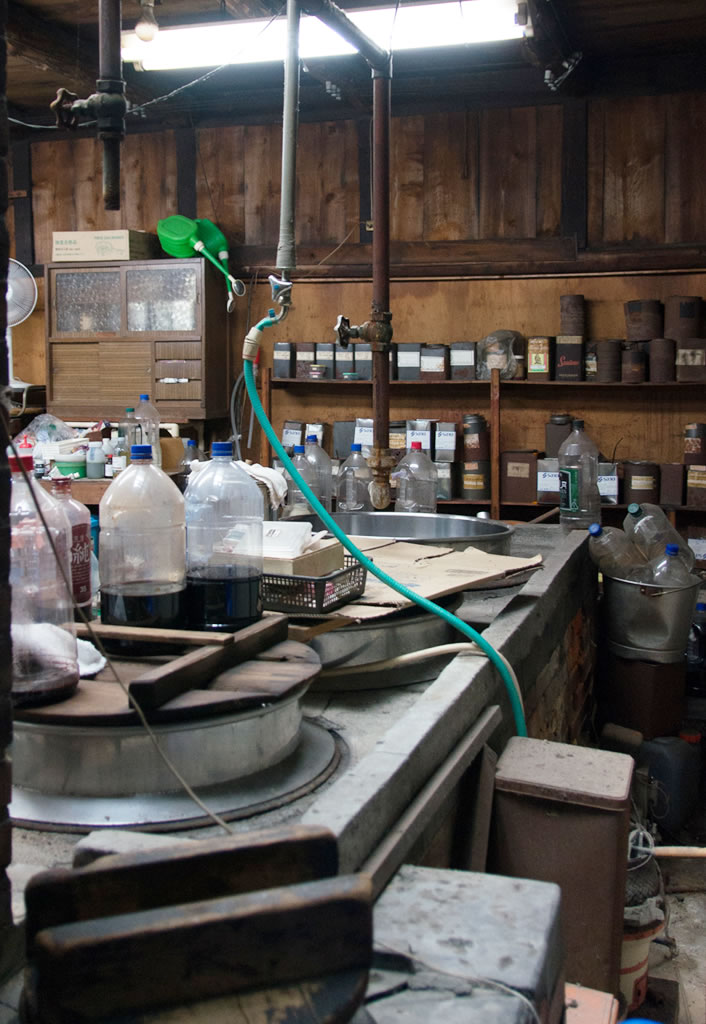
| Holiday | Irregular holidays |
|---|---|
| Business hours | 9:00~18:00 |
| Workshop info | Elegant patterns created with tie-dyeing technique Established in the precincts of Kandaijin shrine in 1932, Atelier Morimoto is specializing in tie-dyeing. Through the division of labour, the atelier is consistently carrying out all the stages of dyeing process, from designing patterns to colouring. Dyeing is performed with the technique that consists of tying the parts of the cloth which are not to be coloured before dyeing it in different colours (resist dyeing). The atelier is famous for its high-quality dyed goods such as wedding futons decorated with flower and landscape patterns, which require mastering Kyo-kanoko-shibori technique representing the essence of Kyoto tie-dyeing tradition. |
Watabun (Orinasu-kan)
Atelier visitWorkshopShopping
Show details
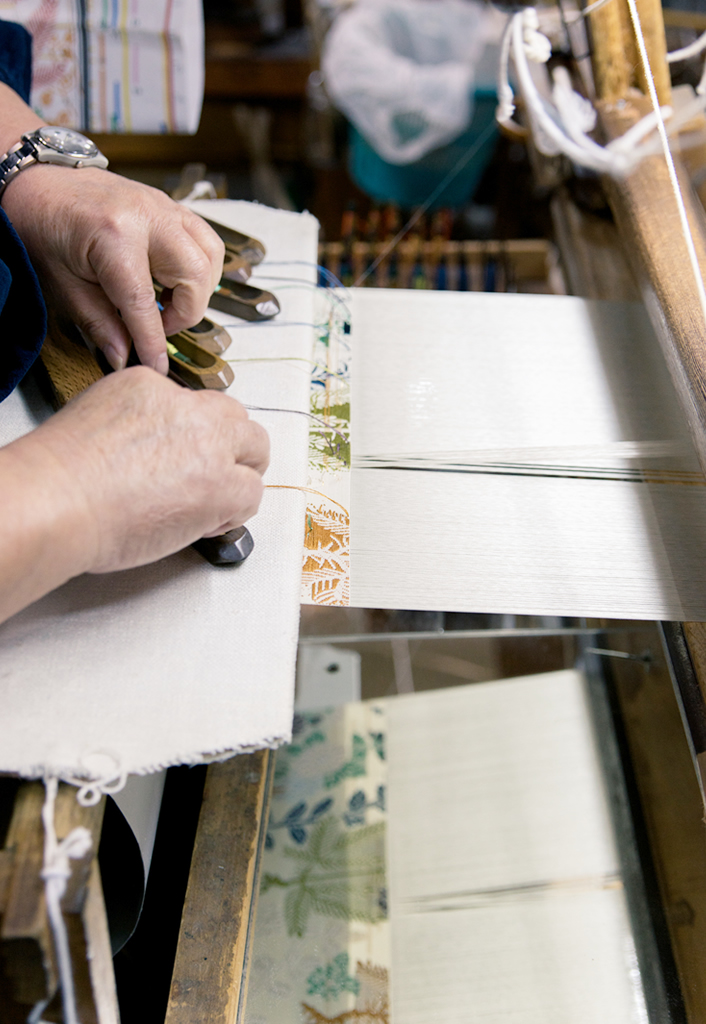
| Holiday | Monday |
|---|---|
| Business hours | 10:00~16:00 |
| Workshop info | Discover the History of Nishijin Textiles in a Kyoto Townhouse. Founded in 1906, Watabun is a long-established company that carries the tradition of “Nishijin brocade” into the present. It is located in the Nishijin textile district, which is supported by labor division of yarn dyeing, warping, and hand weaving. Orinasukan is a “weaver’s house,” an architectural style unique to Nishijin in which the workplace and residence are combined into a single structure. Feel the breath of history of Nishijin, the city of Kyoto, with its traditional Kyoto machiya houses and cobblestone streets.
|




